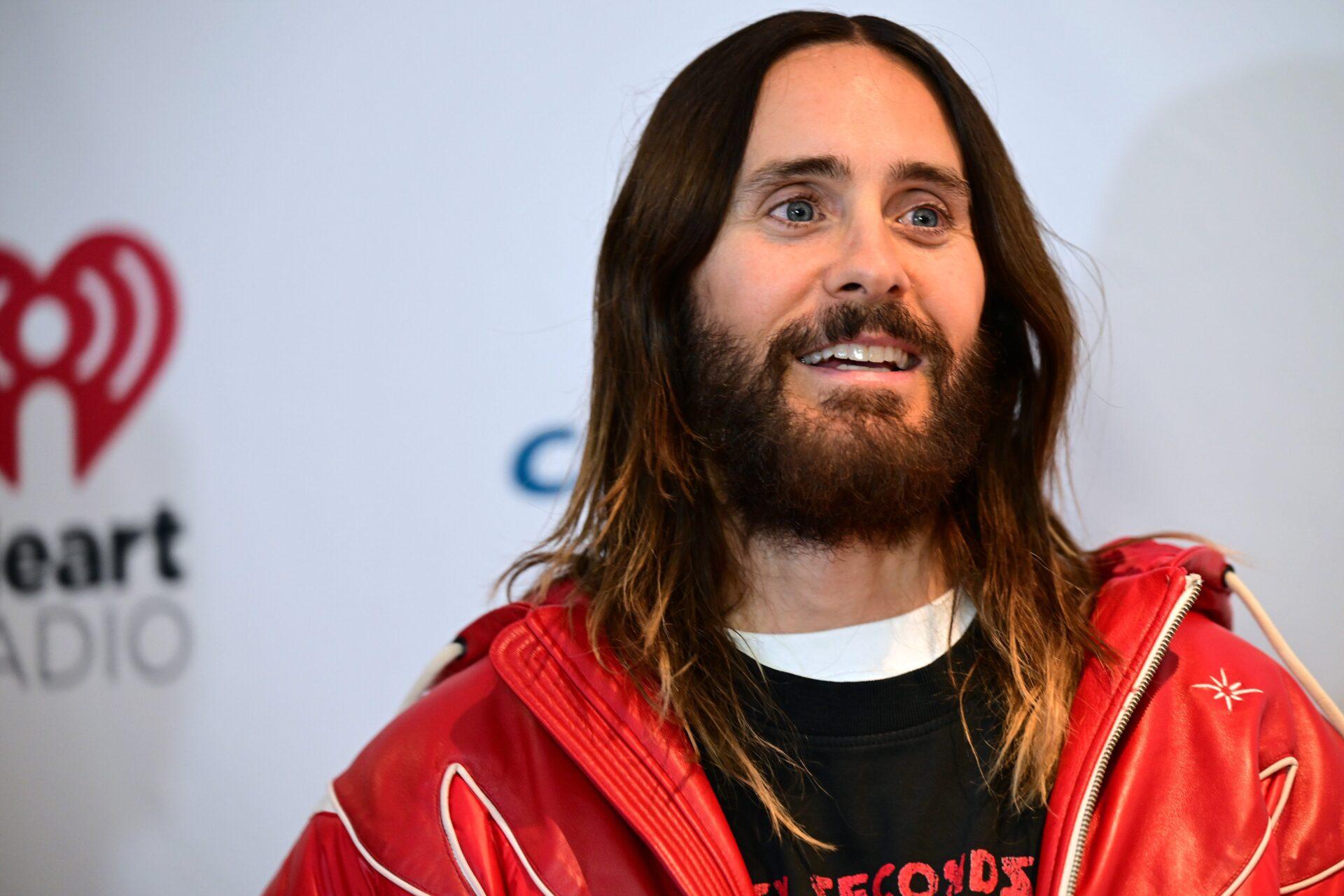Method acting isn’t just about memorizing lines or hitting marks. It’s about living and breathing as another person, sometimes to the extremes. This dedication has led to some of the most unforgettable performances in cinema history, as actors push the boundaries of their physical and emotional limits.
Whether it’s losing sleep, altering their bodies, or adopting new lifestyles, these artists’ commitment to their roles highlights the blurred line between reality and performance. Join us as we explore the wildest things method actors have done for their craft.
Al Pacino’s Blind Faith in The Scent of A Woman
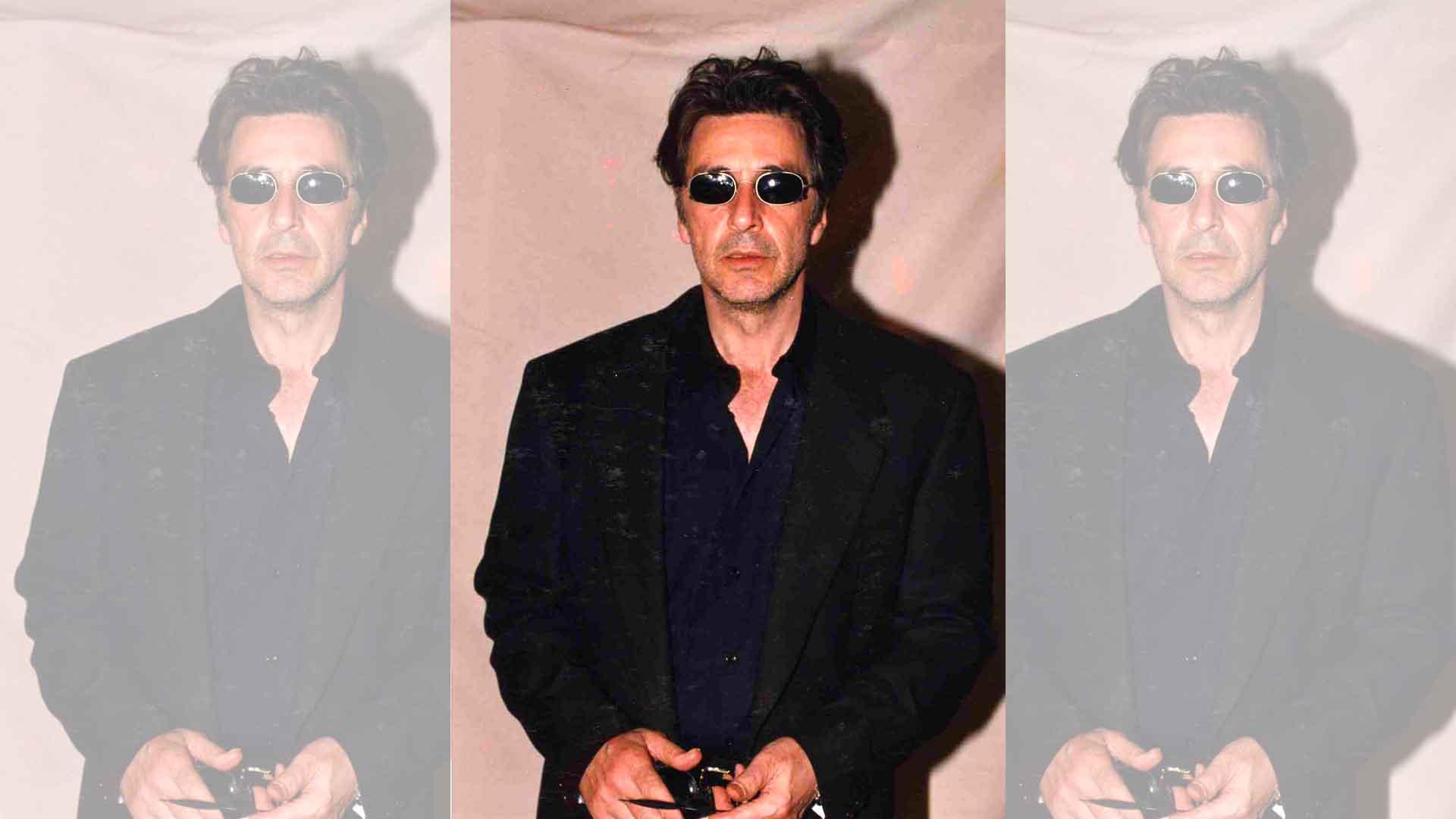
Al Pacino, in his quest to authentically portray a blind character in “The Scent of A Woman,” immersed himself in the blind community (via FandomWire). He spent time with a school for the blind, learning to navigate the world without sight.
This method acting not only brought depth to his character but also earned Pacino an Oscar. His performance showcases the power of truly understanding the life experiences of the characters portrayed.
Jared Leto’s Extreme Method in Suicide Squad
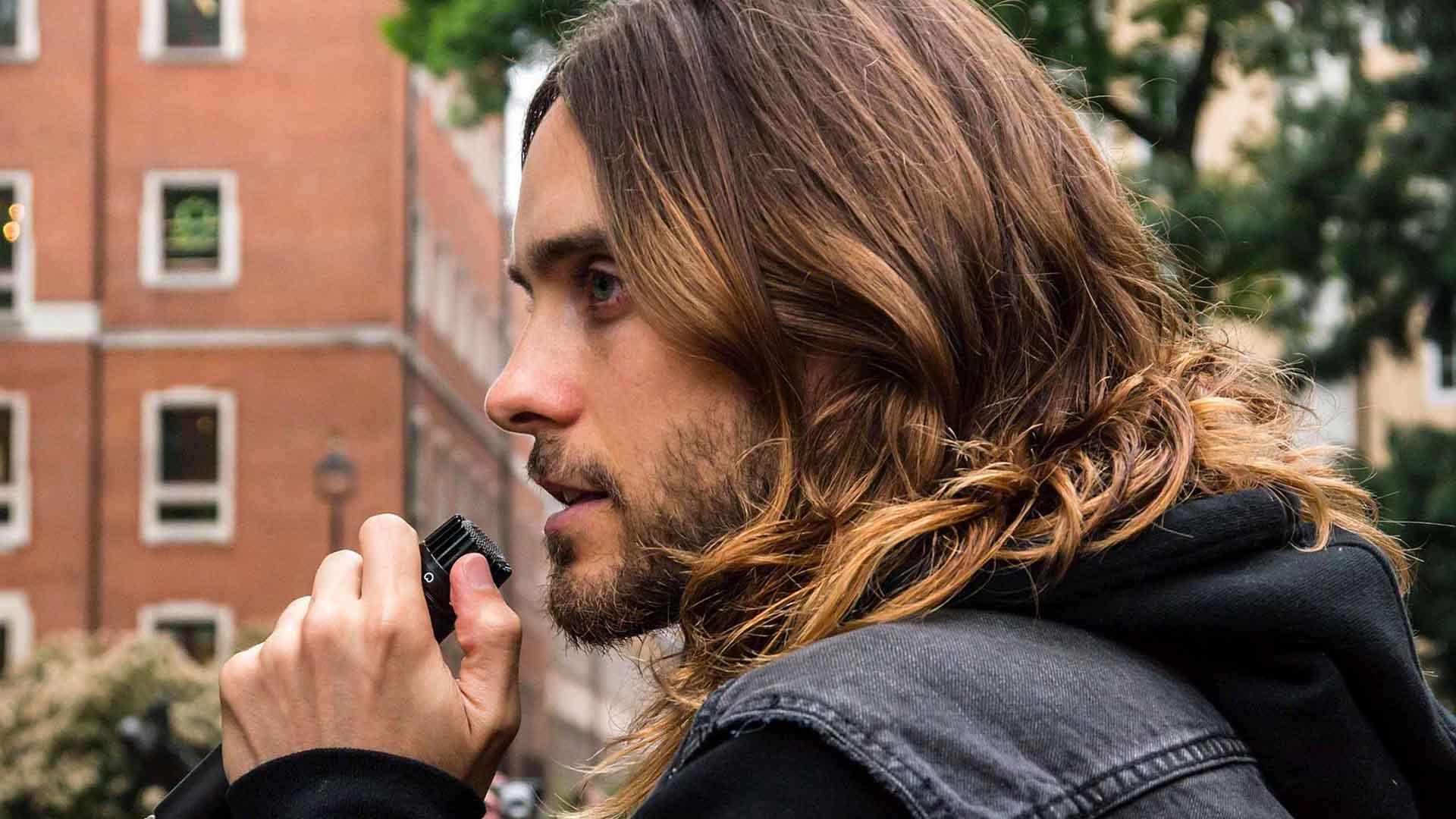
Jared Leto took method acting to a controversial level for his role as the Joker in “Suicide Squad.” From sending the bizarre gift of a dead pig to his co-stars to refusing to break character on and off set, Leto’s methods were as chaotic as the character he played (via Vanity Fair).
This approach divided opinions, with some praising his commitment and others questioning the necessity of such extreme measures for a comic book villain.
Hilary Swank’s Transformative Journey in Boys Don’t Cry
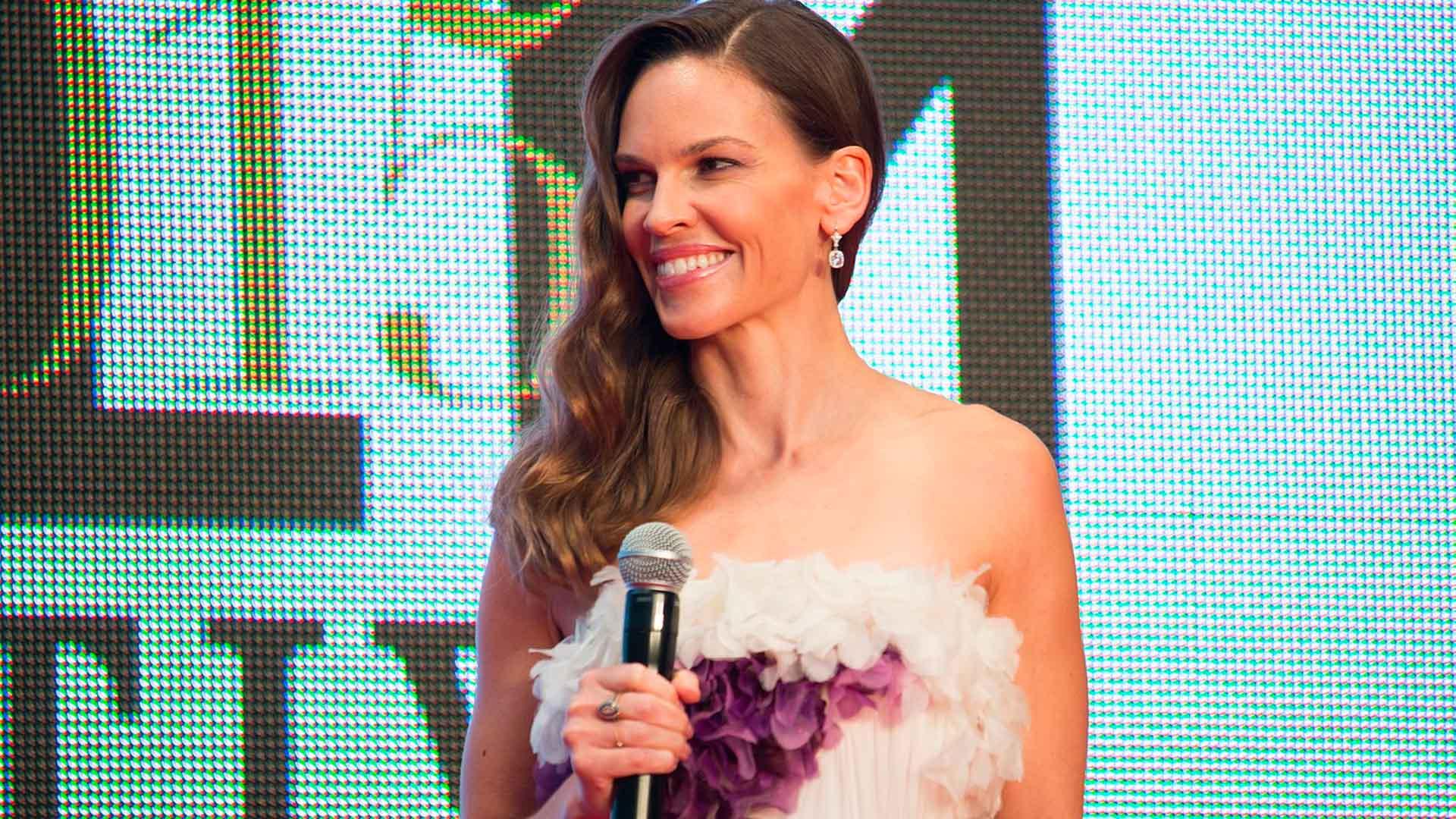
For her role in “Boys Don’t Cry,” Hilary Swank underwent a profound transformation, living as a man for a month. She bound her breasts, deepened her voice, and adopted masculine mannerisms, all in an effort to understand and authentically portray her character, Brandon Teena.
This dedication not only brought critical acclaim to Swank but also shed light on the challenges faced by transgender individuals, making her performance a pivotal moment in cinema.
Dustin Hoffman’s Sleepless Reality in Marathon Man
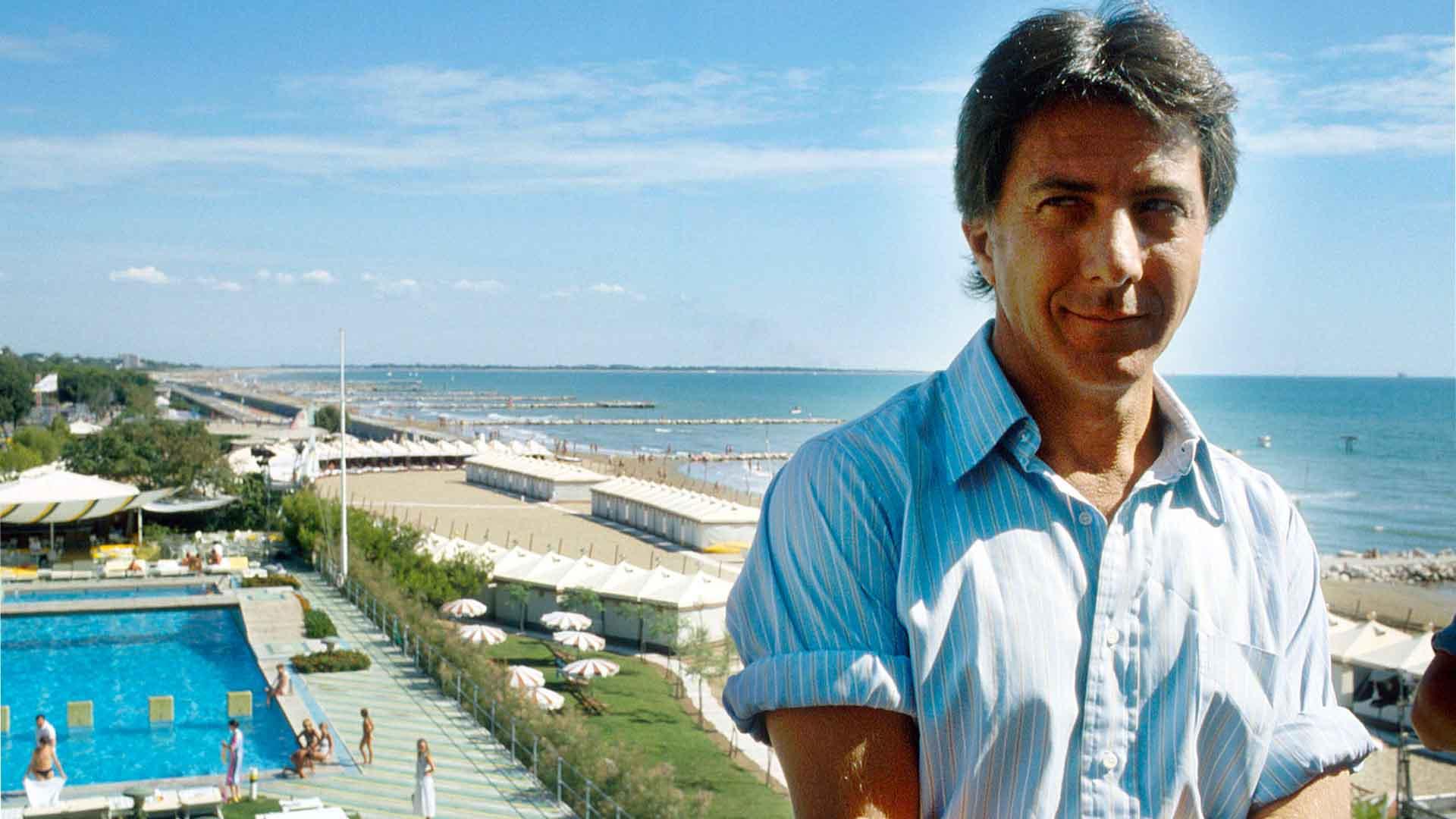
Imagine staying awake for three days straight. That’s exactly what Dustin Hoffman did for his role in “Marathon Man” (via NYFA). Hoffman believed that real sleep deprivation would add authenticity to his portrayal of a man pushed to his physical and mental limits.
However, this extreme method led to a now-famous exchange with co-star Laurence Olivier, who quipped, “Why don’t you just try acting?” This story has become a legendary example of the lengths some actors will go to “become” their characters.
Robert De Niro’s Risky Russian Roulette in The Deer Hunter
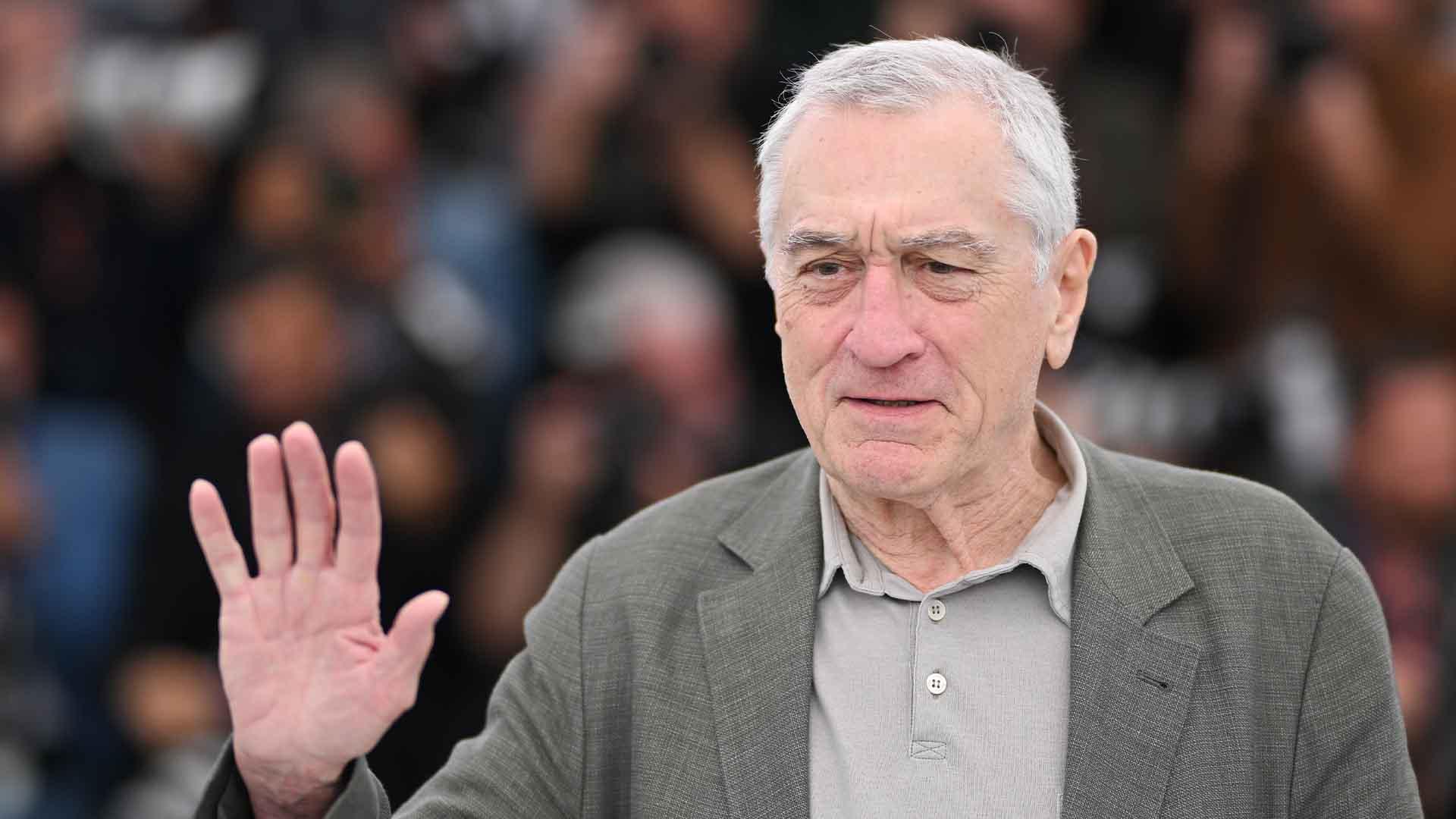
In “The Deer Hunter,” Robert De Niro insisted on a real bullet being placed in the gun for the Russian roulette scenes, adding an even more elevated sense of danger and tension, according to Far Out Magazine.
De Niro’s demand for realism in this harrowing portrayal of the Vietnam War’s psychological impact highlights the actor’s dedication to authenticity, even when it comes at a personal risk.
Jamie Dornan’s Creepy Prep for The Fall
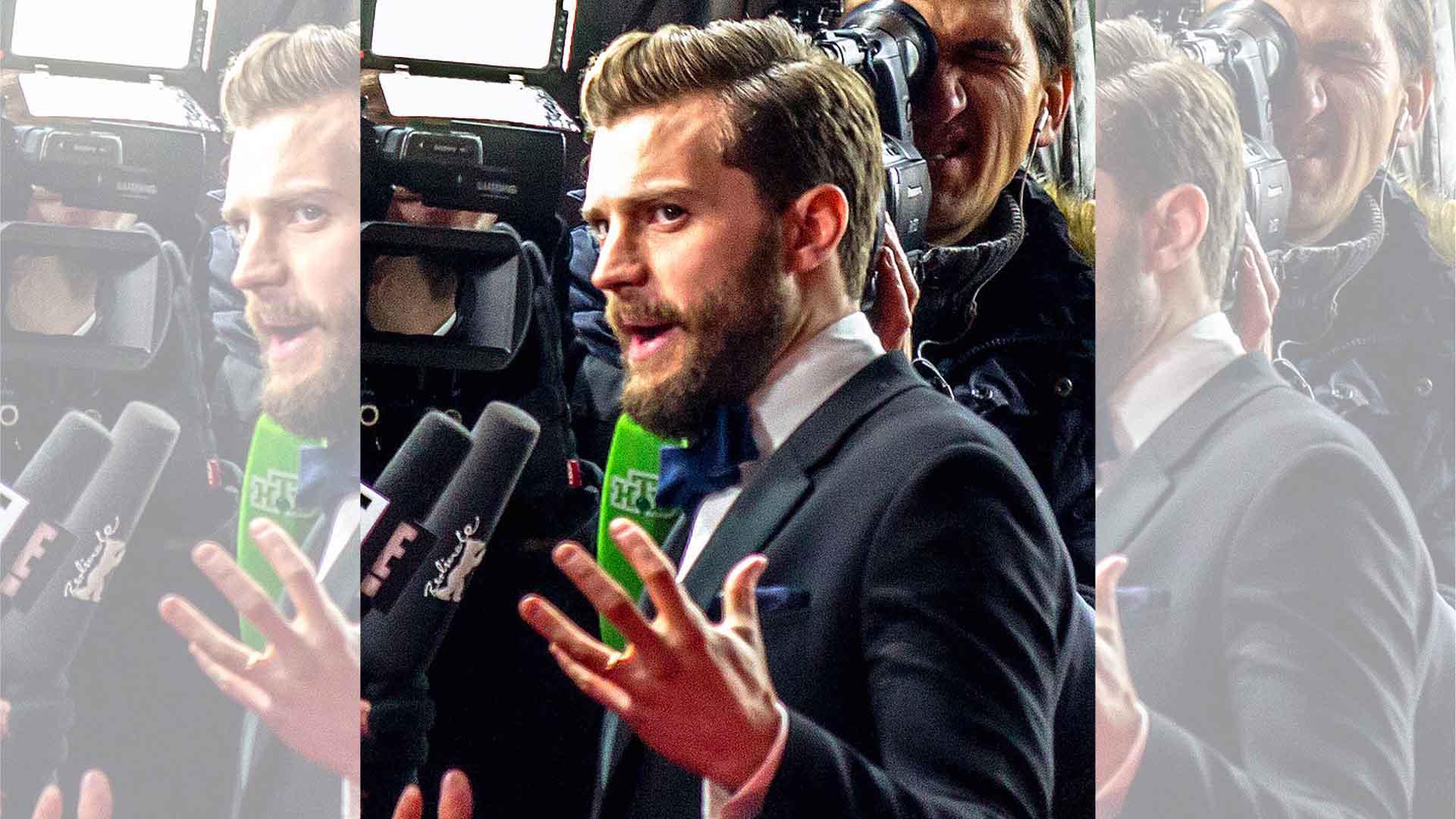
To prepare for his role as a serial killer in “The Fall,” Jamie Dornan followed a woman through London to experience the thrill of stalking (via E! News).
Dornan’s unsettling method raises ethical questions about how far is too far when getting into character. However, his chilling performance suggests that this dark journey helped him understand the predatory nature of his role.
Halle Berry’s Gritty Realism in Jungle Fever

For “Jungle Fever,” Halle Berry went without bathing for weeks to authentically portray a crack cocaine addict (via Showbiz Cheat Sheet). Berry’s willingness to physically embody her character’s desperate circumstances demonstrated a gritty realism rarely seen in Hollywood.
This unglamorous approach contributed to a raw and powerful performance that stood in stark contrast to her later, more glamorous roles.
Leonardo DiCaprio’s Undercover Experience in The Departed
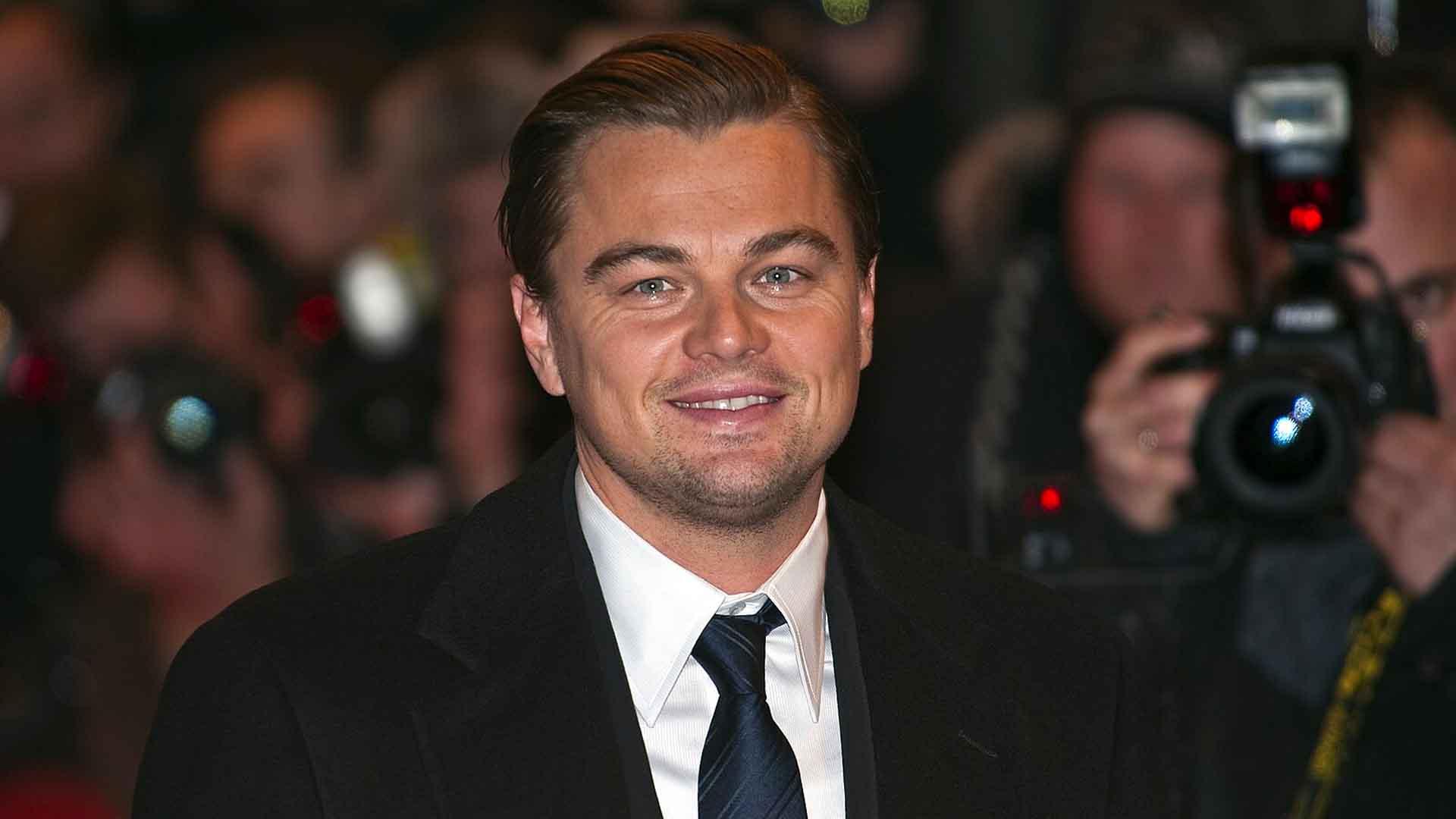
Leonardo DiCaprio went deep into the underworld for “The Departed,” meeting with people connected to the Irish mob and bulking up to play an undercover cop.
DiCaprio’s method acting for this role involved not just physical transformation but also immersing himself in the psychological complexities of living a double life, showcasing his dedication to crafting a believable and nuanced character.
Bradley Cooper’s Directing in Character for Maestro
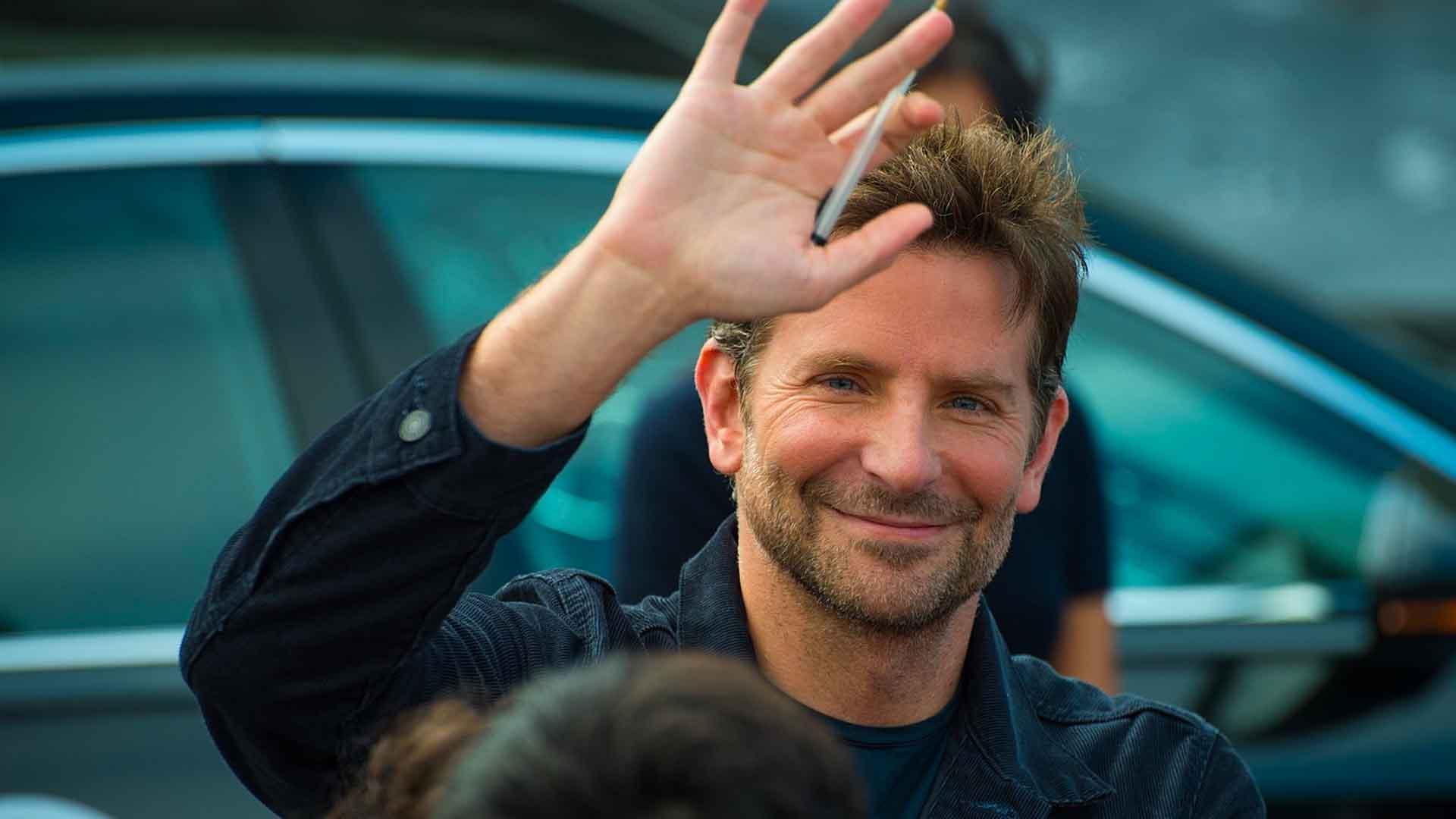
In a unique twist on method acting, Bradley Cooper directed “Maestro” while staying in character as Leonard Bernstein, according to The New York Post. This approach meant that Cooper not only had to embody Bernstein’s mannerisms and speech but also his creative vision, merging acting and directing in a way that blurred the lines between the two disciplines.
Cooper’s innovative method underscores the evolving nature of method acting in contemporary cinema.
Christian Bale’s Physical Transformation for The Machinist
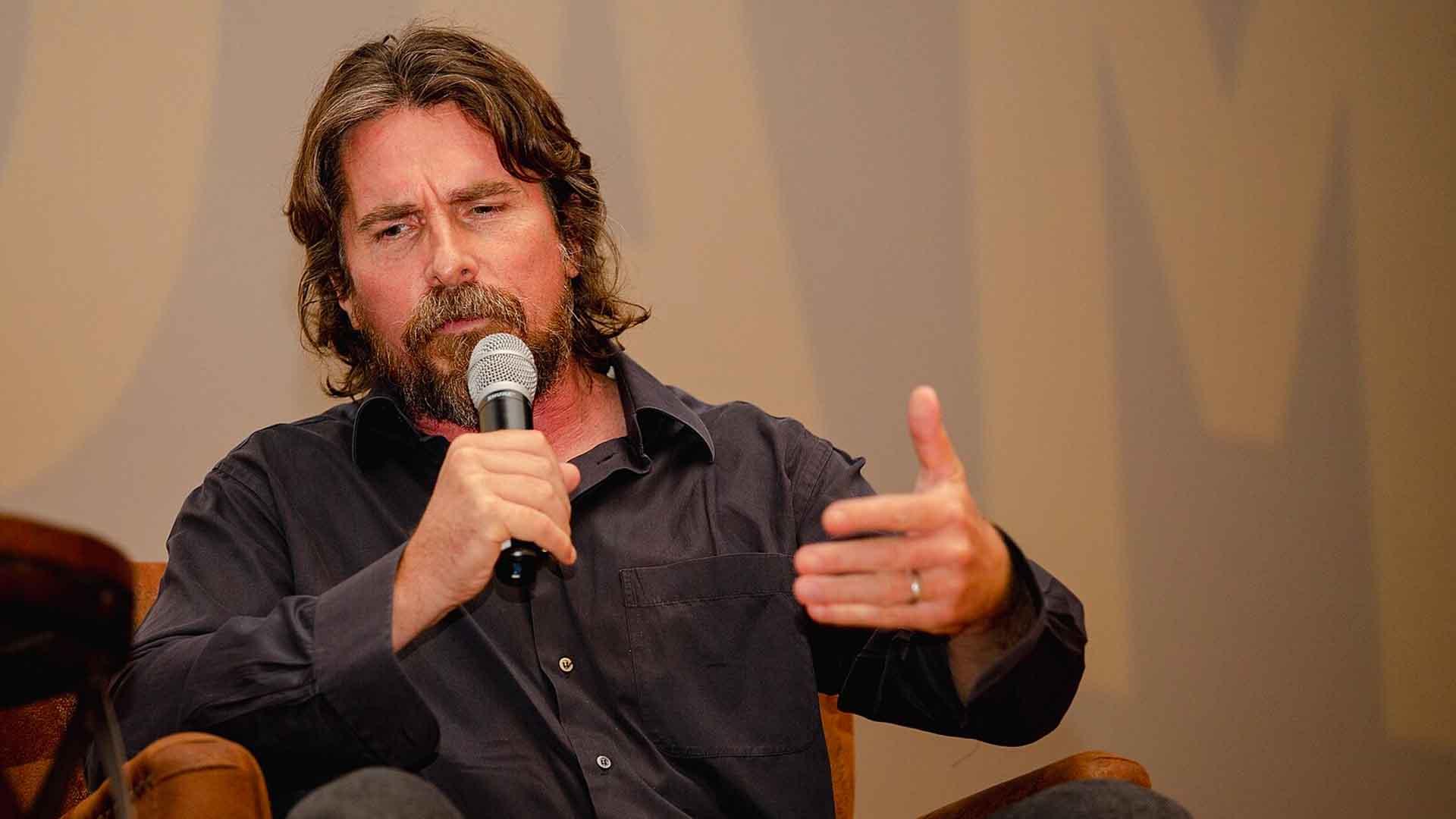
Christian Bale’s shocking weight loss for “The Machinist” — which resulted in him being 120 pounds — is perhaps one of the most extreme examples of method acting (via Screen Rant).
Bale’s dedication to portraying his character’s unsettlingly unhealthy appearance involved a drastic diet that brought him to the brink of physical harm. This transformation speaks to the actor’s commitment to authenticity, even at a significant personal cost — though he has since stated that he won’t be going to that extreme again for any other roles, according to Showbiz Cheat Sheet.
The Price of Authenticity
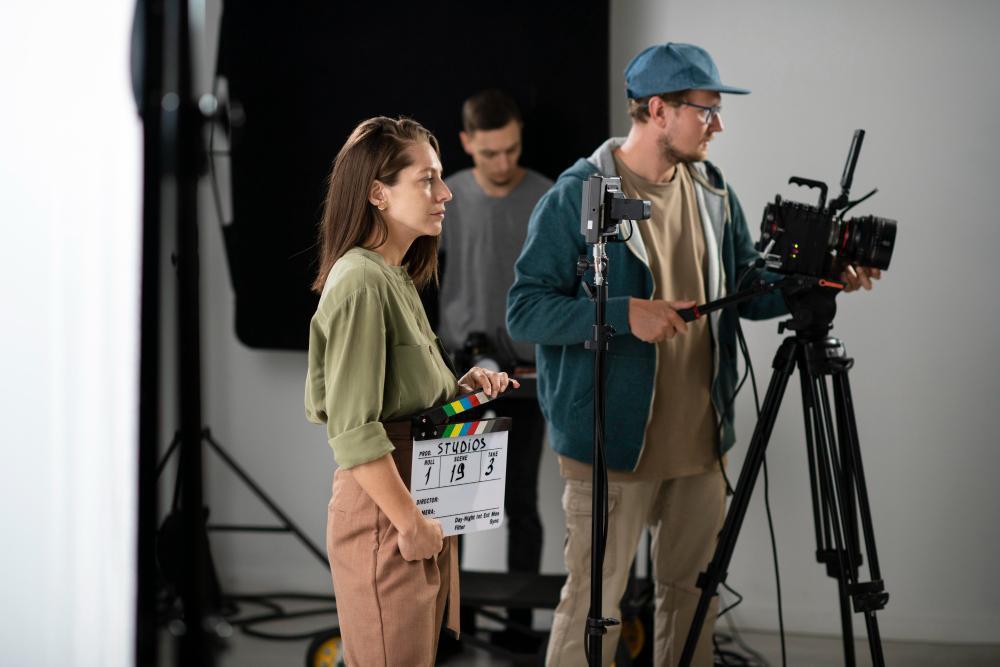
The dedication shown by these actors to their roles demonstrates the lengths to which some will go to bring authenticity to their performances.
While the achievements of method acting are often celebrated on screen, the physical and emotional toll it can take off-screen raises important conversations about the balance between art and well-being.

